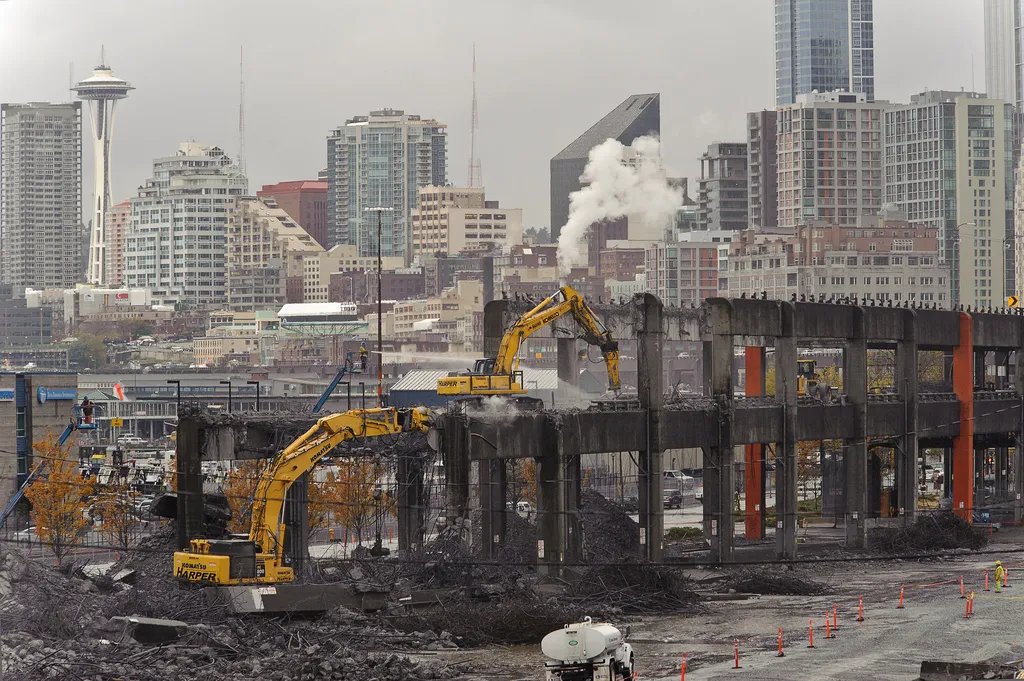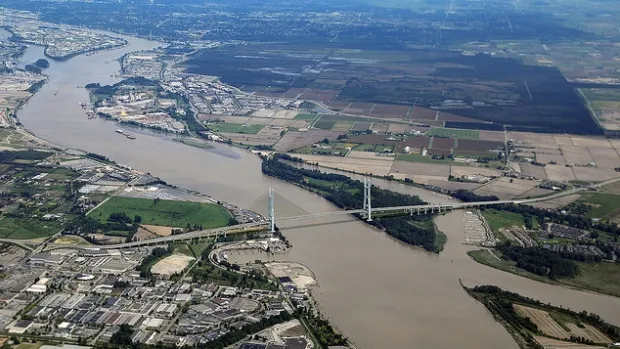
When open, the Gordie Howe International Bridge will link the Trans Canada Trail with similar US trails, becoming North America’s first bridge to do so.
It will be the first international bridge border crossing within Canada’s coast-to-coast 28,000km trail network. Trail users will be able to cross the bridge and make the official border crossing via a multi-use path.
“The Gordie Howe International Bridge is more than a physical connection,” said Charl van Niekerk, chief executive of the Windsor-Detroit Bridge Authority. “It symbolises a shared commitment for sustainable infrastructure to promote economic development, active transportation, tourism and cultural exchange.”
To support the move, Windsor-Detroit Bridge Authority is undertaking public consultation until April to help inform future operational plans for the multi-use path.
“As part of the Trans Canada Trail network, the Gordie Howe International Bridge will be a catalyst for recreation, active transportation opportunities, tourism and economic development in both border communities and beyond,” said Eleanor McMahon, chief executive of Trans Canada Trail.
The Trans Canada Trail is reportedly the longest recreational trail in the world, connecting 15,000 rural and urban communities across every Canadian province and territory. It is a registered charity and work with local partner to build and maintain sections of the trail. Funding comes from the Canadian federal government through Parks Canada and investment from all levels of government and private donors.
Early work for the bridge started in summer 2018 and when completed, it will be the longest cable-stayed bridge in North America. The longest span stretches 853m completely over the river and clearance above water will be 42m. The Canadian government will receive all toll revenues, the project being totally Canadian with no US funding.
The bridge was originally set to open in November 2024, but disruptions due to the COVID-19 pandemic has pushed back the date to September next year and increased costs. The international border crossing will now cost US$4.72 billion, up from around $4.3 billion and is expected to be open in September, a delay of around 10 months.
Windsor-Detroit Bridge Authority is a not-for-profit Canadian Crown corporation created to deliver the Gordie Howe International Bridge project through a public-private partnership. WDBA is responsible for overseeing and managing the construction and operation of the new crossing.
Meanwhile, Bridging North America, BNA, is the main joint venture contractor - Fluor, ACS Infrastructure Canada and Aecon Group - for the design, build, finance, operate and maintain the project.
Jorge Gomez, chief commercial officer for Bridging North America, recently said that the main deck span will be closed by the end of the summer. He called the closeness now of the two halves of the deck - being constructed at the same time - a “little gap” and added that BNA will be “thrilled when it is closed".







